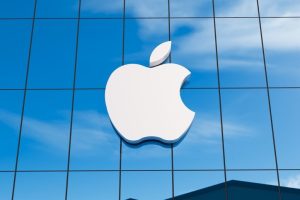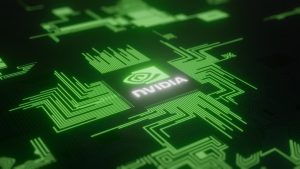We recently published a list of 10 Best Stocks to Buy According to Howard Marks’ Oaktree Capital Management. In this article, we are going to take a look at where TORM plc (NASDAQ:TRMD) stands against other best stocks to buy according to Howard Marks’ Oaktree Capital Management.
Howard Marks is an American billionaire and the co-chairman and founder of Oaktree Capital, a hedge fund located in Los Angeles, California, USA. Marks is one of the world’s richest individuals, thanks to his hedge fund, which manages approximately $200 billion. The renowned investor, who graduated from the University of Pennsylvania and obtained an MBA from the University of Chicago, has a personal wealth estimated to be worth about $2.2 billion.
In a January memo titled “On Bubble Watch,” the famed investor pondered on one of his most prophetic calls: a 25-year-old article warning against the irrational behavior in dot-com companies. In his memo, Marks cited cautionary signs in today’s markets, including above-average stock valuations, an overwhelming acceptance around AI, the dominance of the Magnificent 7, and the possibility that “automated” buying of large-cap stocks has kicked in “without regard for their intrinsic value.”
Furthermore, the Oaktree CEO identified a critical aspect of stock market bubbles: the tendency of investors to rush in and buy stocks at excessively high prices. This phenomenon was evident during the dot-com boom when internet companies were frequently launched with inflated valuations and rose even higher on their first trading day. Currently, this trend is not happening. He also pointed out that innovations can leave investors without historical benchmarks to inform their growth expectations, making it easier for stock prices to soar under the belief that “this time is different.”
Moreover, in an interview with the Economic Times, the billionaire investor gave his thoughts on equity markets, stating that returns from credit seem to be more dependable.
“From the S&P, you’re not going to get the historic return of 10% a year for the next decade. You will get something less and if that’s true, then the returns described from credit are quite competitive and dependable.”
He pointed out that, while the current Fed funds rate is 4.5%, the historical average over the last 70 years has been roughly 4.9%. Marks contends that the protracted low-interest environment from 2009 to 2021 rendered credit investments unappealing. However, when interest rates rise, fixed-income assets provide enticing returns. Marks also cited Goldman Sachs’ recent projection that the S&P 500 will return only 3% annually over the next decade, as well as data from JP Morgan, which shows that when the S&P 500 is purchased at a P/E ratio similar to what it is now, historical returns over the following decade have ranged between 2% and -2% annually.



